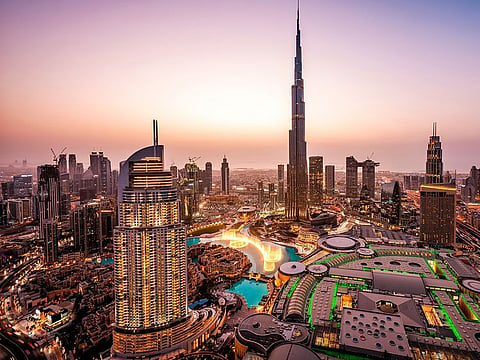It is Dubai's Grade A offices' turn to feel high demand from Europe
Even then, Dubai's office rents still offer affordable options than London or Hong Kong

Dubai: First came the high networth investors from Europe seeking a residential base in Dubai. Now, it’s the turn of companies taking a similar route.
Demand for prime office space in Dubai is picking up, led in large part by this demand from overseas companies, a good number of them being from Europe. They are “exploring office options across the city to either relocate part of their business operations or expand further into a new market,” said Swapnil Pillai, Associate Director – Research at real estate consultancy Savills Middle East.
Last year had seen fairly heavy action on the office leasing side in Dubai and Abu Dhabi. Multinationals were, for the most part, resizing their options on office spaces, given that flexible working continued to be one of their priorities. The same could be said about the bigger local/regional companies, many of whom used the relatively soft market conditions to negotiate better lease terms. Or move into new spaces.
These trends make it an opportune time for those looking to invest in commercial properties in Dubai, especially for prime and Grade A office space.

Dubai's office occupancy
Dubai is currently the only city within the Europe, Middle East and Africa territory to record the highest office occupancy levels after Asian cities in the Savills study.
Still affordable
From a global perspective, offices in Dubai are still on the lower side, coming to under $100 a square foot. Compare that with an office in London’s West End, which would set the tenant back by $267.84 a square foot. In comparison, Dubai’s Grade A spaces on average are around $93.86.
But costs are heading higher and for newer tenants, it could all be reflected pretty soon. “Office occupiers will have to pay more to let and fit out their spaces,” says the Savills report, which also finds that:
"As the flight-to-quality approach persists, the majority of the leasing activity in Dubai was concentrated across Grade A and prime office developments," said Paula Walshe, Head of International Corporate Services, Savills Middle East.
There has been an increase in the number of companies that have retained or reduced their office space whilst relocating to newer high-quality developments and moving to adopt hybrid working models.

Sign up for the Daily Briefing
Get the latest news and updates straight to your inbox



